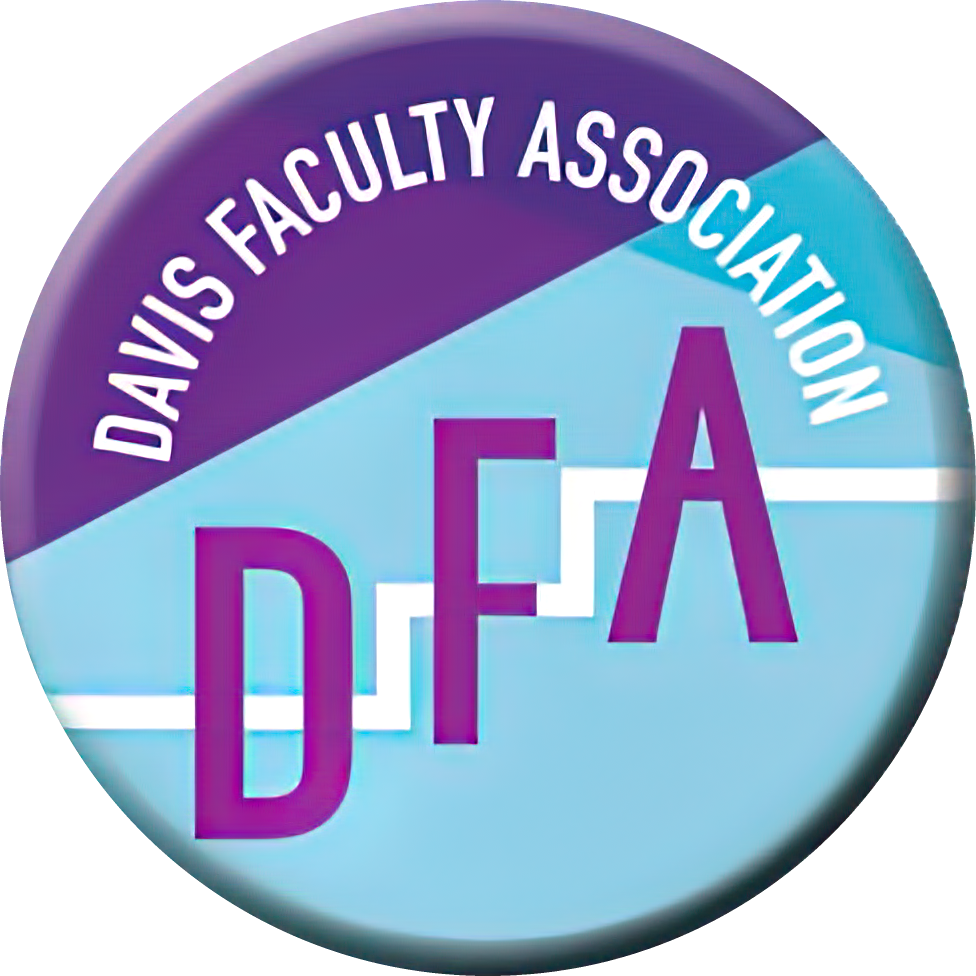In case you missed it, UC is planning for over $1 billion in capital works by using bond sales. UCOP is not forthcoming on details.
From:
http://www.universityofcalifornia.edu/news/article/21671
UC issuing bonds for capital projects
The University of California released the preliminary official statement for approximately $1.050 billion in taxable, federal stimulus Build America Bonds and approximately $325 million in tax-exempt bonds today (Aug. 11). Proceeds from the bonds, scheduled to be sold to the public the week of Aug. 17, will help fund completion of numerous projects already under construction.
Construction to be funded with proceeds from the bonds includes seismic and life safety construction projects, student housing and other revenue-generating campus facilities, classrooms, research buildings and deferred maintenance.
“Funds from our bond sales will support projects benefiting students, faculty, researchers and the public while boosting employment in the construction industry and resulting in facilities to be staffed by university employees,” said UC Chief Financial Officer Peter Taylor.
The proceeds from the sale of Build America Bonds and tax-exempt bonds can be used only for capital projects. The taxable Build America Bonds carry higher interest rates for UC than tax-exempt bonds, but the higher rates will be offset by a federal subsidy covering 35 percent of qualifying interest costs. The result is a lower all-in interest cost, which includes the bond sale expenses and commissions, than if the bonds were sold at tax-exempt rates.
The bond sales will make it possible to move forward at all 10 UC campuses with approximately 70 projects, most of which are already under construction. Repayment sources for the financing have been identified, and many of the projects are expected to help generate revenues.
Among projects to be funded to completion are a life sciences building and police station at UCLA; a health and wellness facility and physical sciences building expansion at UC Davis; a biomedical and health sciences construction project at UC Berkeley; a cardiovascular research building at UC San Francisco; and campus housing at UC San Diego.
In addition to long-term revenue bonds, funding sources for facilities also include private gifts specifically designated for construction or renovation.
The preliminary offering document for the approximately $1.4 billion long-term bond sale was released as UC’s strong credit ratings were affirmed by Moody’s Investors Service (“Aa1” rating with stable outlook) and Standard & Poor’s (“AA” rating with stable outlook).
The Moody’s report, published Aug. 11, noted the impact of the state’s fiscal crisis on the UC system and stated that “despite expectations for rising capital investment and debt, we believe management and the board (of Regents) will remain prudent and focus on utilizing debt strategically in a challenging economic environment.”
With high credit ratings providing efficient access to public capital markets, the University of California also used commercial paper – short-term notes with currently advantageous interest rates – for a transaction with the state last week that facilitated completion of voter-approved building projects at eight campuses. The state had suspended funding of vital capital projects essential to UC’s education, research and public service mission. The university raised $199.8 million through the sale of short-term commercial paper and purchased a state general obligation bond, enabling the state to resume funding of the most time-sensitive projects. The state is obligated to repay the money to UC, with 3.2 percent interest, within three years. Interest rates on the commercial paper issued by UC to fund the purchase of the general obligation bond are lower today than the bond-related interest to be paid to UC by the state.
In addition, UC used commercial paper this year to manage cash flow while awaiting deferred payments from the state for operating expenses. Once the state makes a payment to the university, UC expects to pay down a corresponding portion of its outstanding commercial paper.
The university, however, does not intend to borrow money to cover costs without an identified repayment source, or to replace the more than $800 million eliminated from the state’s core funding to UC, Taylor said. To use such a method to avoid furloughs or other spending cuts at campuses, in effect, would create indebtedness to pay operating expenses without a means to repay it, he explained.
